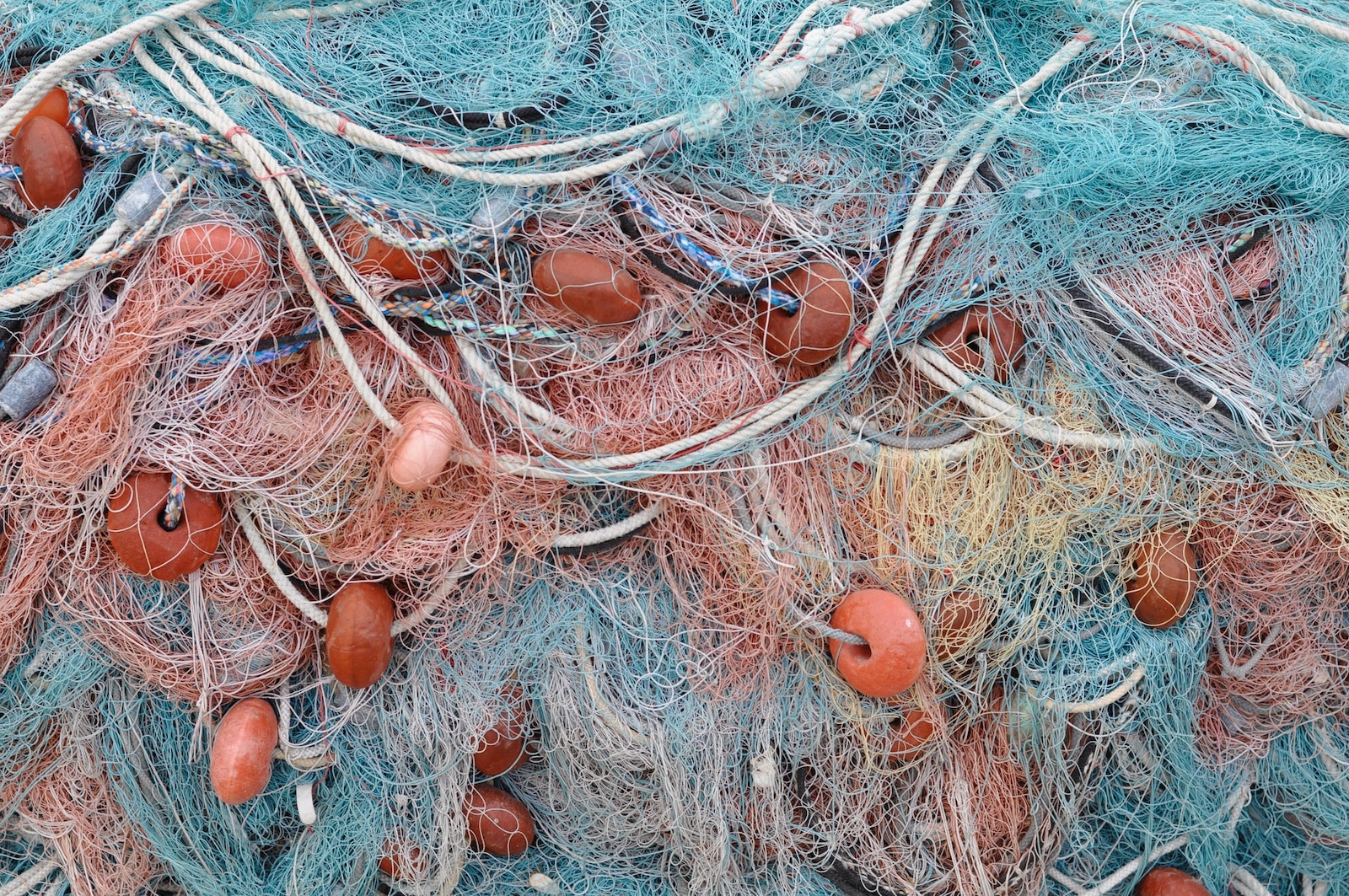Blue crime: Lacking in theory, harmful in practice

The concept of ‘blue crime’ to cover various illegal activities at sea sounds catchy. It is tempting to use it for academic and semi-academic publications, referencing an article published in the September 2020 issue of Marine Policy.
As a purely academic exercise, I would not have any issues with this article. It is one of many academic papers related to maritime security which are not very well referenced and lack practical insights or implications. In this case, however, the content is aimed at providing a theoretical foundation for further research which in turn is supposed to have an impact beyond academic discussions.
Major shortcomings of the ‘blue crime’ concept should therefore be scrutinized. From an academic point of view, the conceptualisation is not convincing and not even applied rigorously in the article itself. On the practical side, policymakers or law enforcement agencies applying this theory would do more harm than good.
Failures in theory
Similar to countless academic papers, the language seems to be intended to underline the authors’ academic credentials rather than at providing accessible content. That is highlighted by phrases like ‘[n]otions of serious crime are highly contingent across societies’, or the description of criminal activities as producing ‘differing pathologies of effect’.
Moreover, a description like ‘crimes of the anthropocene’ is a needlessly academic expression rather than a precise specification. Without human beings, there is simply no crime. An old quote from a German literary critic sums up the writing style: Incomprehensibility is no proof for deep thoughts.
Relatively old references are another issue which is much too frequent in academic articles. The description of piracy in the Gulf of Guinea, for example, is based on an article published in 2012. Threats in the region have evolved since then. Potential issues with drug smuggling on maritime routes are identified based on publications from 2007 and 2013. Concerns about the trafficking of weapons of mass destruction also date from 2007.
Several other examples can be found which is mainly concerning because the article refers to dynamic threats. One illustration is the fight against Somali piracy where ‘it is widely believed that the main pirate organisational structures remain intact and their leaders remain at large’. Supporting such an analysis with an article from 2013 is certainly not the best foundation for describing such a fluid situation.
These problems could easily be rectified. Unfortunately, the actual definition of ‘blue crime’ is largely based on non-existing problems. In section 2.2, the authors want to show that the UN Convention against Transnational Organized Crime (UNTOC) has limited value for maritime affairs. They highlight UNTOC’s focus on serious crimes as a limitation which is partly true. However, similar problems can easily be identified on land as well.
The second alleged shortcoming – UNTOC’s focus on the state – is even more questionable. Such a focus is obvious, given that national laws are the basis for investigations and trials. Problems in law enforcement practice notwithstanding, UNTOC is easily applicable to the maritime environment. All cases included by the authors, for example, should be considered as transnational according to UNTOC.
When it comes to the actual categorisation of ‘blue crime’ in section 3, the theoretical background does not become stronger. The list of crimes against mobility, for example, includes thefts and robberies from ships in territorial waters and even in ports. Even the authors therefore fail to apply their definition. Such crimes are not ‘transnational’, and they hardly ‘inflict significant harms’.
Overall, the lists in all three categories read like a collection of buzzwords, picked up in conferences, workshops and seminars attended by representatives from the shipping industry, governments and international organisations. They miss an actual understanding of security threats that really concern different stakeholders.
Examples are easy to find. ‘Crimes against mobility’ include cybercrimes which is – at the very least – questionable. Shipping companies should certainly be concerned about cyberattacks, yet cybersecurity is not a maritime issue per se. Stowaways are another debatable addition to a list that is supposed to identify ‘serious organised crimes or offences’, according to the authors’ own definition.
Similarly, the list of criminal flows reads like it was copied and pasted from related publications by organisations such as Interpol or UNODC. At the same time, legal cargoes such as fuel or agricultural goods are completely missing. However, these are often smuggled and deprive many governments of desperately needed customs revenues.
Finally, the list of environmental crimes includes activities at sea which may be extremely harmful. At the same time, they are not organised crimes and – in some cases – not even offences. Unregulated fishing, for example, is not monitored and therefore unlikely to be sustainable. Nevertheless, the lack of regulations means that no crimes or offences are committed.
Section 6.2 discusses attacks against offshore installations and infrastructure as other environmental crimes. While these are certainly ‘vulnerable to criminal activities’, referencing two publications about subsea cables from 2000 fails to support the argument. Overall, such threats and problems are relevant for the private sector operating the respective assets. Government agencies, on the other hand, have a different outlook. Certain types of infrastructure may be critical but mitigation measures are required on the national level first.
Section 7 then aims to identify cross-cutting issues. Unfortunately, it merely provides bland statements which would fit for any organised crime on land. Skills and capacities are similar for different types of crimes, both on land and at sea. ‘Spatial convergence’ is another needlessly academic description which is not even unique in the maritime environment. Smuggling goods across land borders takes place on roads that are also used for legitimate transports.
Eventually, facilitating crimes are mentioned. These are purely land-based problems that are complicated to tackle for law enforcement agencies. At the same time, it is irrelevant whether drug cartels or fishing companies use multi-level business operations through shell companies in various jurisdictions to hide their activities.
All three points are summarised by stating that ‘it can be relatively straightforward for those engaged in maritime crimes to shift the emphasis of their activities from one crime to another, or from licit to illicit activities, according to circumstance.’ It is a correct, albeit bland, analysis. At the same time, it is not different from any form of organised crime on land.
Practical problems
Based on the previous section, it is obvious that the conceptualisation of ‘blue crime’ is neither a useful approach nor a well-founded theory. At the same time, that is merely an academic discussion. The more important pitfall is that it would actually be harmful to use the ‘blue crime’ idea to support practical work.
Complications start with the attempt to centre the conceptualisation on the sea rather than the state. For law enforcement operations, this focus is useless since they have to be based on laws in the respective country. For analysts, the focus on the sea is counterproductive. It fails to connect illicit activities in the maritime domain to similar or related activities on land. Moreover, the conceptualisation is based on ‘significant harms’, yet this term is neither defined nor illustrated by relevant cases.
When it comes to examples in general, the clear focus is on the western Indian Ocean. At the same time, the article fails to mention that virtually all maritime threats are region-specific. Even threats such as smuggling or IUU fishing – which are issues for governments around the world – have to be addressed in different ways. Regional capacities and resources, after all, are not the same everywhere.
For smuggling in particular, the authors repeat a frequent mistake by concentrating on ‘the movement of illicit commodities or the illegal movement of people from their source location to their markets or destinations’. Legal cargoes being smuggled are only briefly mentioned and quickly swatted aside. According to the article, such smuggling ‘does not always have a negative impact’.
While that is true, it fails to acknowledge that smuggled cigarettes, fuel or agricultural products are more important for many governments than drugs or weapons. Customs duties are a significant portion of government revenues in most developing countries. Illegal imports and exports therefore have immediate impacts on a government’s ability to provide vital services such as education or healthcare.
In contrast, only negative impacts of drug smuggling are described. The potential positive sides for individuals in coastal communities are not mentioned. Drug smuggling is often a source of relative wealth in areas without many alternatives to earn a living. Despite the substantial risk, it helps to explain why criminal organisations have no problems to find an endless supply of foot soldiers and drug couriers. This aspect is incredibly important for analysts as well as for law enforcement or policy responses.
It should also be noted that even illegal goods are merely transported at sea. Exports may be illegal at the point of origin, similar to imports at the destination. Ships and boats, however, are simply vehicles for land-based organisations to move drugs, weapons or other cargoes. For analysts and law enforcement agencies, it is vital to know transport routes. Nevertheless, any perpetrators have to be targeted on land – or at least in territorial waters – to be prosecuted.
Finally, the conclusion of the article mentions the significance of governance and joined-up responses to address criminality in the maritime environment. The national level – where effective law enforcement may already exist – is ignored for the sake of the argument that ‘blue crime’ can only be addressed on the regional or even international level.
The description of ‘blue crime’ as dynamic and adaptable further underlines this issue. It is certainly true that specific countermeasures may push criminal groups towards other enterprises. However, these will not necessarily be maritime. Crime is driven by profit and a favourable risk-reward ratio, not by thoughts about whether to commit crimes on land or at sea. For law enforcement agencies in particular, it would therefore be ineffective to focus on ‘blue crime’ and simply ignore links to land-based criminal operations.
Replacing ‘blue crime’
As the arguments outlined above show, the concept of ‘blue crime’ is an academic exercise that is not based on a solid theoretical foundation. More importantly, however, it is potentially even harmful in practice when used as foundation for policy-oriented research.
The concept aims at ‘pointing to areas of intersection and synergy’ between different types of crimes in the maritime environment. Opening up the thinking about such intersections would indeed be a worthwhile contribution. However, intersections with other illicit activities are arguably more important in the vast majority of cases. The sole focus on the maritime side ignores these links.
Overall, the idea of ‘blue crime’ therefore tries to demolish artificial boundaries between different crimes at sea. At the same time, it creates new boundaries by ignoring links to land-based operations. Analysts and practitioners should instead focus on overall connections between legal and illegal activities. These are often ignored due to various reasons, including political priorities, legal mandates, insufficient data or limited resources.

